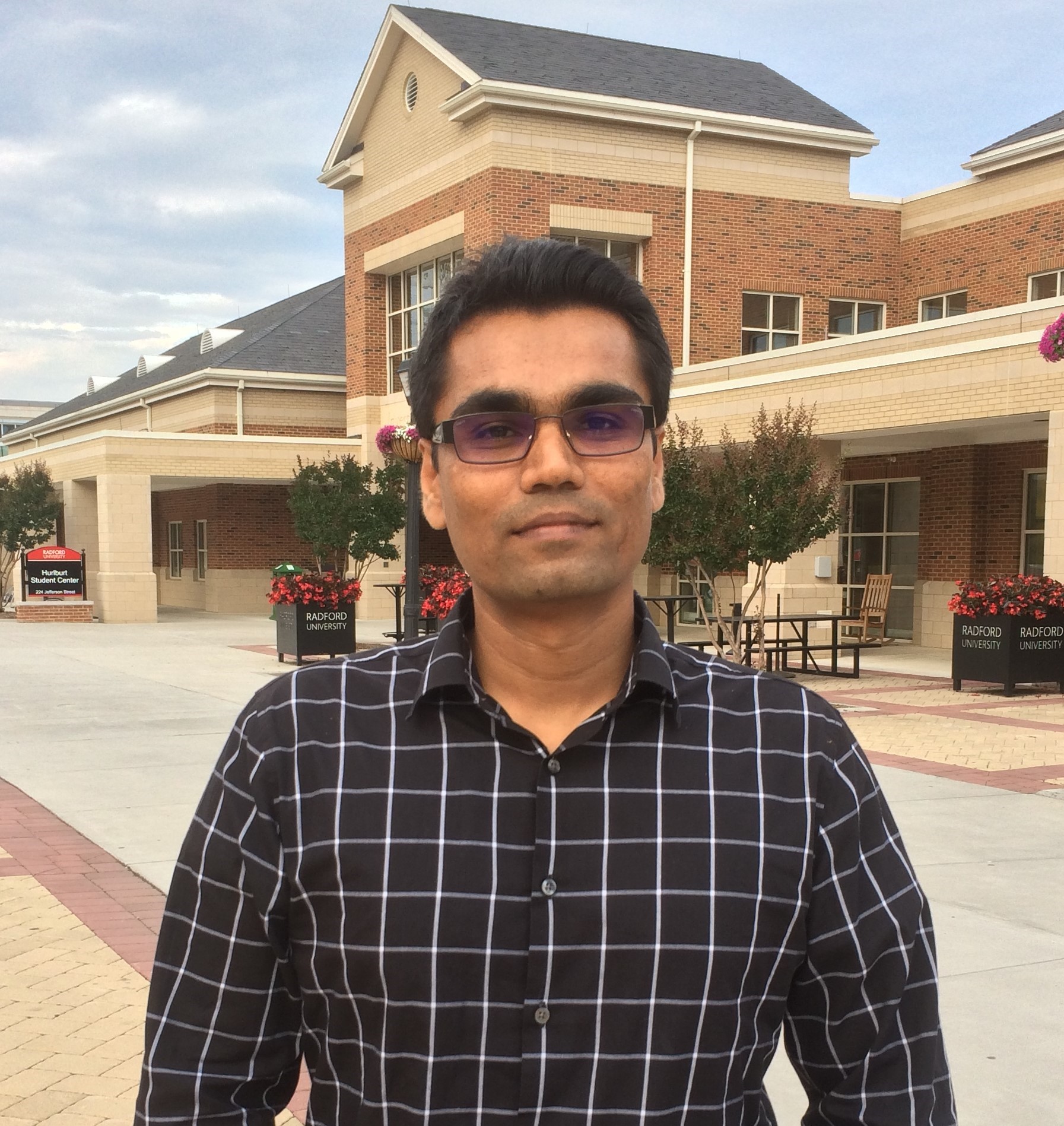I am currently an Associate Professor in the Department of Mathematics and Statistics at Radford University. I earned my bachelor's degree in mathematics from Jahangirnagar University in Bangladesh and completed my master's degree in mathematics at Lamar University in Texas in 2011. In 2016, I obtained my PhD in statistics from the University of South Carolina and then joined Radford as an Assistant Professor.
During my PhD dissertation, I concentrated on developing statistical models for group testing (pool testing) data involving both single and multiple infections. My current research focuses on optimizing group testing algorithms by considering testing errors and costs. I have a particular interest in more general-type group testing scenarios where the observed data involve correlated retesting responses. Alongside my statistical research, I also enjoy creating user-friendly computer programs, packages, and applications, such as Shiny apps, to assist public health officials in implementing these statistical methods.
It's worth noting that while my full legal name is Md Shamim Sarker, I typically go by “Md S. Warasi” for conference and publication purposes.
Curriculum vitae (.pdf)
Research Interests
Group (pooled) testing, measurement error models, latent class models, machine learning, statistical computing, applications in biology, epidemiology, and public health.
Current Teaching
STAT 200: Introduction to Statistics
STAT 330: Statistical Packages (R programming)
STAT 420: Modern Regression Analysis
Past Courses Taught at Radford
STAT 200: Introduction to Statistics
STAT 301: Probability and Statistics I
STAT 302: Probability and Statistics II
STAT 330: Statistical Packages (R programming)
STAT 420: Modern Regression Analysis
STAT 421: Design of Experiments
STAT 480: Modern Estimation Techniques
STAT 498: Independent Study in Statistics
